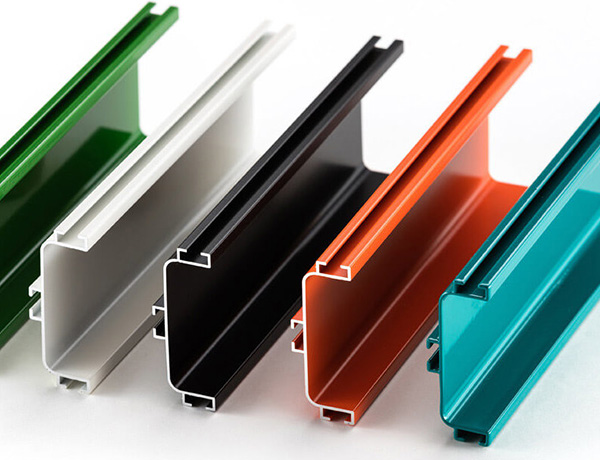Aluminum Profile Production: The Indispensable Element of Modern Industry
Aluminum profiles are one of the fundamental building blocks of many sectors in today's industry. Due to its lightness, durability, flexibility, and recyclability, aluminum is preferred, especially in construction, automotive, energy, and furniture industries.
Aluminum Profile Production Process
1. Raw Material Selection and Alloy Preparation
The first step in aluminum profile production is selecting high-quality raw materials. Pure aluminum is combined with different alloys depending on its intended use to make it more durable.
2. Melting and Casting
The selected alloy is melted at high temperatures and poured into special molds to obtain semi-finished products.
3. Extrusion Process
The billets are heated and then passed through molds under high pressure to give them the desired profile shape.
4. Cooling and Stretching
After extrusion, the profiles are cooled and subjected to a stretching process to ensure dimensional stability.
5. Cutting and Surface Treatments
Profiles are cut to specific lengths and undergo anodizing, coating, or painting processes.
6. Quality Control and Packaging
The produced profiles go through a quality control process before being prepared for shipment.
Advantages of Aluminum Profiles
- Lightweight and Durable: Compared to heavy materials like steel, aluminum is lightweight yet offers high strength.
- Corrosion Resistance: Aluminum is naturally resistant to corrosion.
- Flexibility: The extrusion process makes it ideal for complex designs.
- Eco-Friendly: Being 100% recyclable, aluminum is perfect for sustainable production.
Conclusion
Aluminum profile production is a continuously evolving process that meets the needs of modern industry.
Contact us to bring your projects to life with high-quality aluminum profiles.
